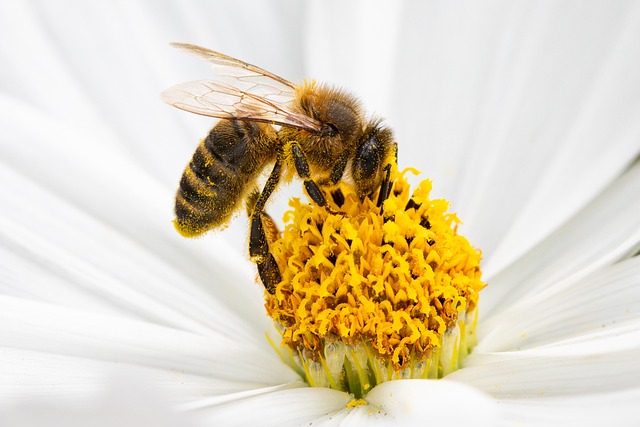As a pediatric expert, I must admit: I allow my children the freedom to ascend the slide. This admission may elicit gasps from some, while others may simply shake their heads. It appears that the debate surrounding slide climbing is a significant topic among parents, with two distinct camps emerging: those who adhere to the traditional “up the stairs and down the slide” guideline and those who embrace a more flexible approach.
The adherence to the “up the stairs, down the slide” philosophy is often accompanied by a strong disdain for those who permit slide climbing. Some parents argue that kids who climb the slide intimidate others, inhibiting their ability to slide down. Others have taken it upon themselves to enforce playground rules on behalf of others. One individual remarked, “Ladders are for climbing. You’re teaching them how to interact with society… that is fundamental parenting!” The sentiment among many is clear: parents who allow slide climbing are seen as negligent.
However, I acknowledge the basic rules of playground conduct. I have, on occasion, reminded my children to follow them. Yet, I contend that climbing a slide serves an important developmental purpose. As long as there is no queue of children waiting to descend, I believe it is beneficial for children to explore the slide’s verticality. Engaging in this activity supports physical development, enhances balance, and fosters a sense of accomplishment.
Climbing the slide promotes bodily awareness and engages the vestibular system, which is essential for coordination. The act of climbing allows children to assess their limits and build both physical and emotional confidence. Even in failure, there is intrinsic value in the effort. They learn to experiment with different positions and movements, honing their spatial awareness in the process.
More critically, I wish for my children to understand that play is not merely about adhering to prescribed norms. When climbing the slide becomes an option in a non-congested environment, it fosters creativity and encourages them to question societal expectations in a safe manner, starting from the playground.
To those who are vehemently opposed to this perspective, I understand your concerns. However, my primary stipulation is that climbing is only permissible when the slide is free of traffic. I respect your right to impose your rules on your children, but I will not restrict my children’s enjoyment based on your preferences. If your kids are disinclined to climb, that’s a conversation to be had within your family.
My children recognize that slides are primarily intended for descending, and they are aware of the potential consequences of climbing when others wish to slide down. This understanding provides an additional layer of learning about social interaction and respect.
Ultimately, the joy of climbing a slide is an integral part of childhood. It is a rite of passage filled with exhilaration and a sense of achievement, one that I refuse to deny my children. If you see us at the park, rest assured we will yield to those coming down. But when the coast is clear, my children will be free to explore the slide’s upward potential, as part of a normal childhood.
In conclusion, the act of climbing the slide is more than just play; it is a vital component of childhood development. For further insights into parenting and fertility, consider checking out our other blog posts, such as how to boost fertility supplements, or learn more about home insemination kits, which can be found at Make a Mom. For those looking for comprehensive support on pregnancy, the article on What to Expect When You Have Your First IUI is an excellent resource.
Keyphrase: slide climbing controversy
Tags: “home insemination kit”, “home insemination syringe”, “self insemination”
